Subscription-based models have transformed how people consume entertainment, could the same principle be applied to fashion?
In recent years, subscription retail has shifted the face of consumerism. People used to buy goods such as music and DVDs to own, fill their shelves with and eventually dispose of.
“Subscription-based models have worked because they are convenient, affordable and give consumers access to a wider range of products than they could ever afford to buy”
Myf Ryan, Westfield
Now, they increasingly subscribe to services such as Spotify and Netflix to hire and enjoy items for a time without cluttering up their homes.
These subscription-based models have worked because they are convenient, affordable and give consumers access to a wider range of products than they could ever afford to buy.
Currently, similar models don’t really exist for other consumer goods. Those that do tend to be a subscription delivery of disposable items such as food and razor blades, which changes the way we buy items but not how we own them.
However, renting goods for a short time would make sense for a number of categories, and none more so than the constantly-evolving world of fashion.
Renting clothes
Last week, Westfield launched its first comprehensive report into future retail trends ‘How we shop now: what’s next?’
We spoke to 13,000 people in the UK and US, as well as retail experts, to identify the main trends that will affect tomorrow’s stores.
A key finding, on both sides of the Atlantic, is that shoppers are increasingly receptive to the idea of renting clothes.
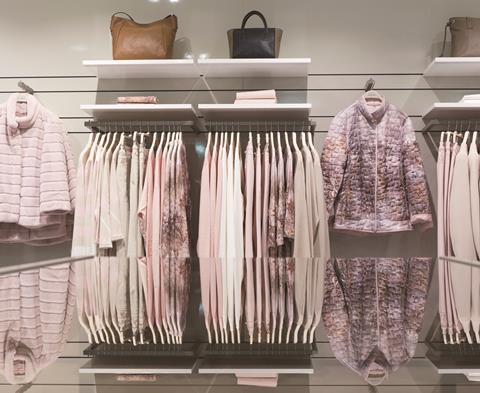
Shoppers today don’t just want to change their wardrobes every few weeks, they want to change them day-by-day in an easy and cost-effective way.
There are early indications that this is a trend that will take hold. A few years ago a number of rental services such as Rent the Runway and Girl Meets Dress launched, but have largely been held back by being online only.
Consumers want to feel and touch products, particularly clothes, and the natural evolution of this trend is now to brick-and-mortar stores.
There is a genuine appetite for clothing rental. Around a fifth of British and American shoppers say they are interested in renting from their favourite store.
The appeal is even greater in cities, with nearly a third of Londoners and around a quarter of shoppers in New York expressing interest.
Key demographics
The concept is particularly appealing to millennials – so called ‘generation rent’ – a group that is inherently more accustomed than its predecessors to hiring goods and services.
Nearly half of 25-34-year-old British shoppers are keen on renting from their favourite store, rising to 58% in London.
Younger people are particularly fashion-conscious, but don’t typically have the income to buy lots of new clothes, so subscription services appeal strongly to them.
“Younger people are particularly fashion-conscious, but don’t typically have the income to buy lots of new clothes, so subscription services appeal to them”
Myf Ryan, Westfield
Perhaps the most encouraging sign for the future of clothing rental is that consumers are willing to spend a substantial amount on these services.
Around a fifth of US and UK shoppers who expressed an interest in renting would be willing to spend £200 or more per month on unlimited clothing rent subscriptions.
Ultimately, turning clothing by subscription into a success will rely on a retailer making the process simple, desirable and affordable. We know is that the demand is there, the only question is who is will be the first to take advantage of it.
- Myf Ryan is chief marketing officer at Westfield




















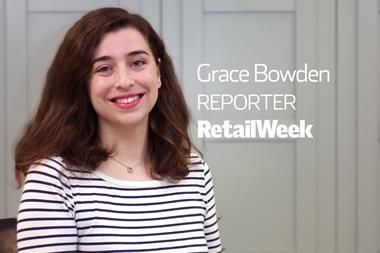
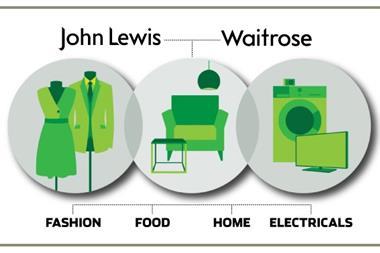

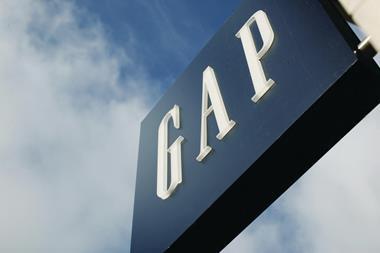
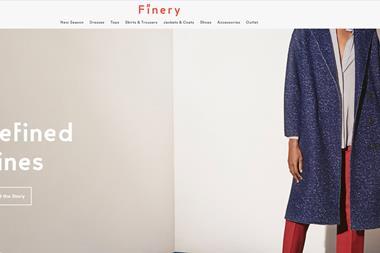
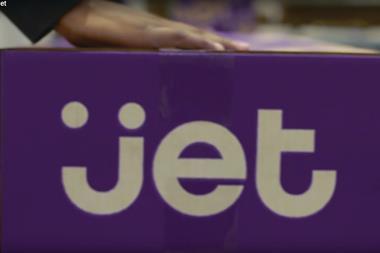
No comments yet